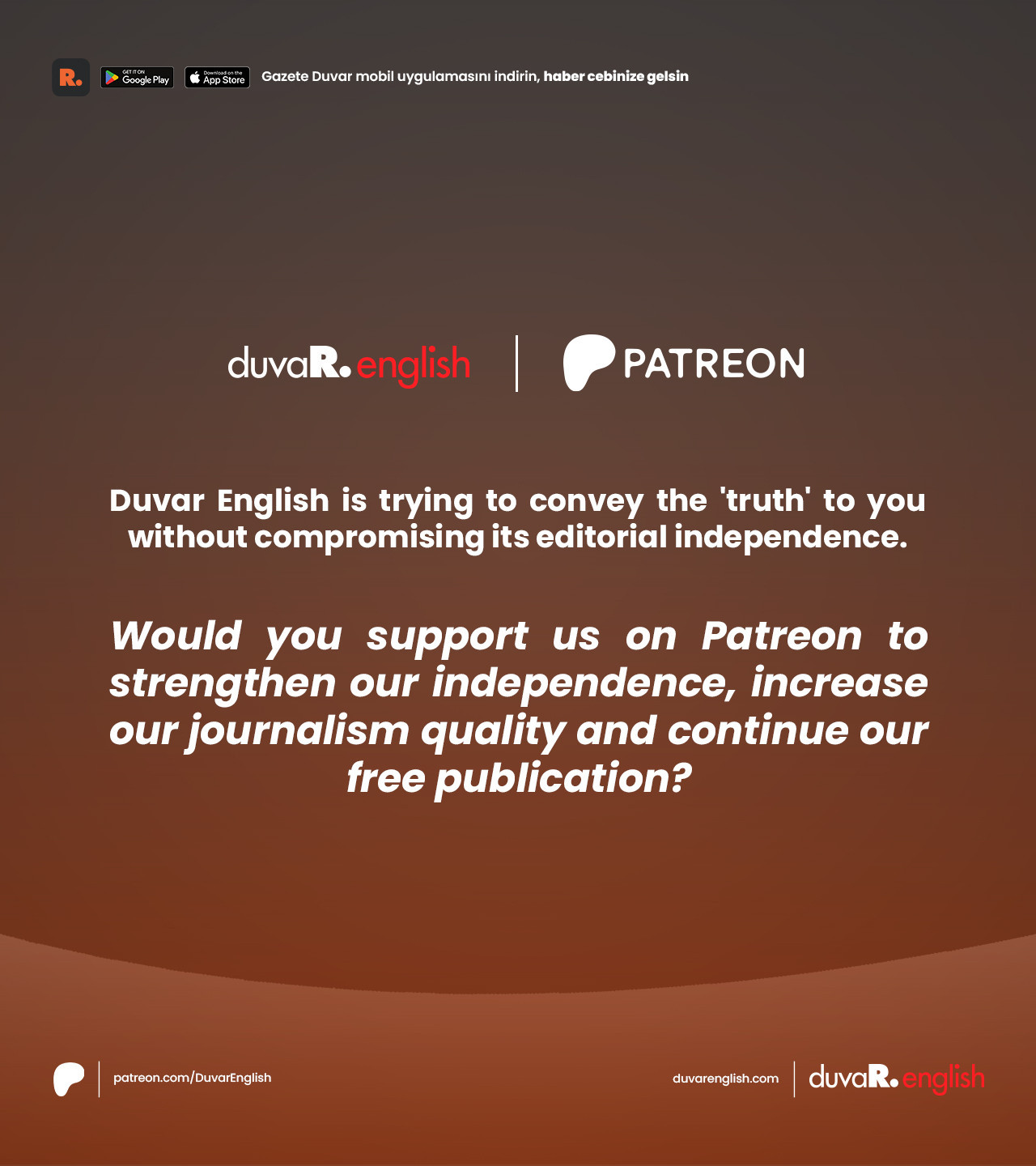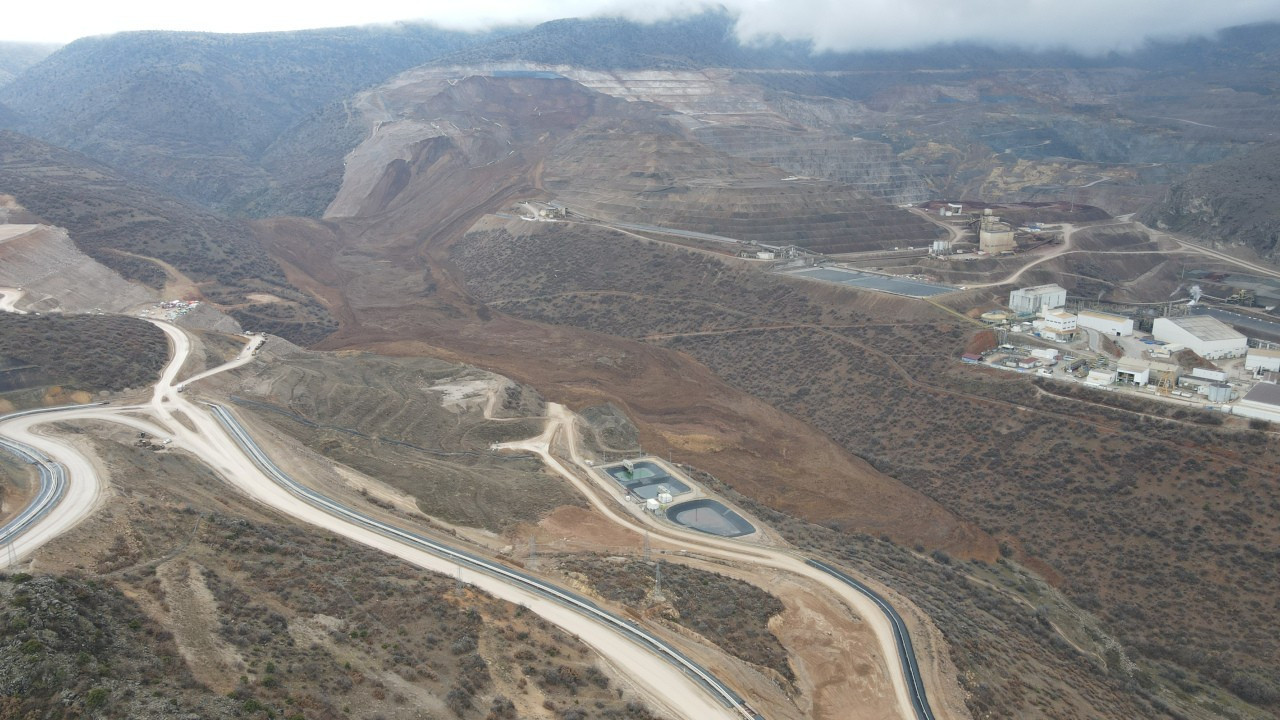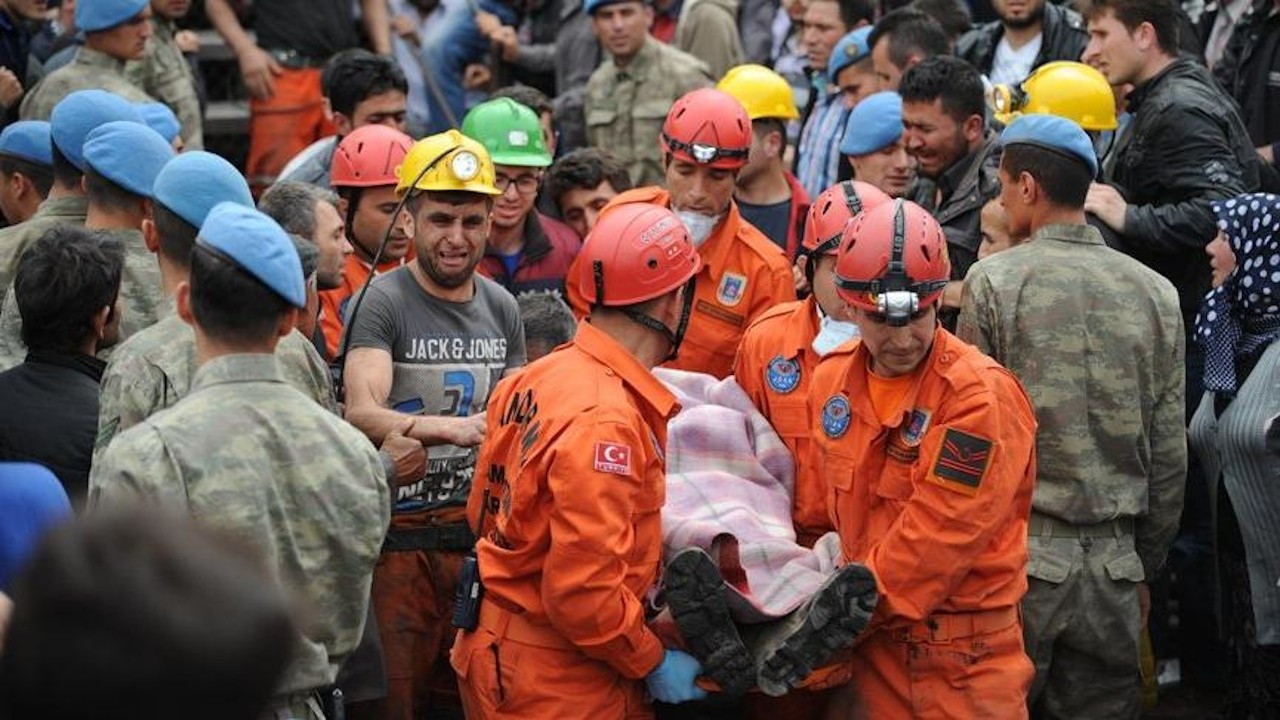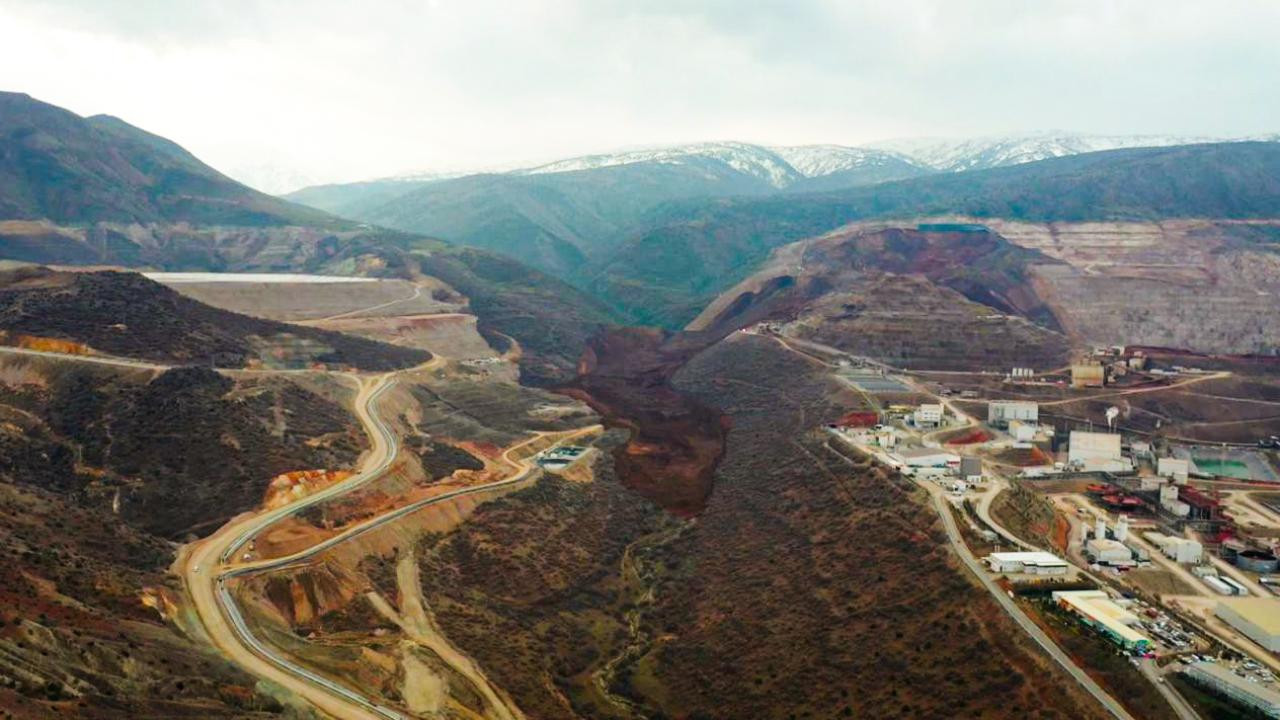Turkish Parliamentary commission arrives at gold mine landslide site in İliç
The Turkish Parliament’s ad hoc commission on the İliç Gold Mine disaster arrived at the mine site three months after the accident. The committee observed and heard from experts regarding the malpractices that led to the collapse of the heap leach.
Duvar English
The parliamentary investigation commission for the gold mine disaster in Turkey’s eastern Erzincan province on May 8 arrived at the mine site to observe ongoing rescue operations and the work safety negligences that had led to the accident.
Turkish Disaster Management Agency’s (AFAD) earthquake and risk mitigation chair informed the commission members that 3.8 million cubic meters of soil was removed from the collapse site in 195,000 rounds.
Two deputies from the main opposition Republican People’s Party (CHP) shared their preliminary findings with the ANKA News Agency.
According to the deputies, 10 million cubic meters of soil had collapsed in the third and fourth phases of the heap leach.
The deputies suspected overloading and over-irrigating had caused the collapse. “Liquid density in the soil heap increased to full saturation, which then became structurally unsound,” said one deputy.
As was noted after the accident, the collapsed heap had reached 270 meters tall at some points, which was higher than the approved levels. The collapse occurred while workers were on level 33 of the heap, even though the project plans allowed for 32 levels in total.
“We are talking about the world’s most dangerous and highest heap leach here,” said a deputy.
In the environmental impact assessment of the project, the total capacity of the heaps was determined as 58 million tonnes. However, as one deputy stated, official data from the Energy and Natural Resources Ministry showed the leach heap having 68 million tonnes.
Accordingly, 10 tonnes of soil were overloaded at the heap, which contributed to the disaster.
“We see unbridled greed for profits at this mine. We see the pressure to overproduce. Unfortunately, the Anagold company has singlehandedly destroyed an already very profitable gold mine due to greediness, and killed nine workers in the process,” the deputy concluded.
The commission questioned the Anagold Mining President and heard opinions from the Labor Ministry, State Water Works (DSİ), and AFAD before arriving at the İliç district on May 6.
What happened?
Nine workers on Feb. 13 were trapped under tonnes of soil contaminated with chemicals after a heap exceeding recommended amounts slid, exposing cyanide to the environment.
Search teams could recover the bodies of two workers almost two months after the disaster. Seven bodies remain under the massive soil heap as rescue efforts continue.
The accident was a result of a series of decisions by the operator Anagold Mining Company and the Turkish officials, neglecting workers’ safety and the environment.
Nine suspects, including the Canadian manager of the company and engineers employed at the mine, were arrested as part of the investigation launched by the Erzincan Chief Public Prosecutor's Office. Another three suspects were released on judicial control measures.
Experts noted that such a disaster at the mine was a long time coming, despite their repeated warnings.
The Union of Chambers of Turkish Engineers and Architects (TMMOB) warned against the “demolition, sliding, and slipping risks” in the mining facility months before the accident.


 Relatives of miners trapped after landslide: ‘Gold for company, death for us’Domestic
Relatives of miners trapped after landslide: ‘Gold for company, death for us’Domestic Soma mining disaster 10th anniversary: 28 public officials face judge in first court appearanceHuman Rights
Soma mining disaster 10th anniversary: 28 public officials face judge in first court appearanceHuman Rights Scientists determine heap leach caused landslide in Turkish mine 70 pct higher than maximumDomestic
Scientists determine heap leach caused landslide in Turkish mine 70 pct higher than maximumDomestic